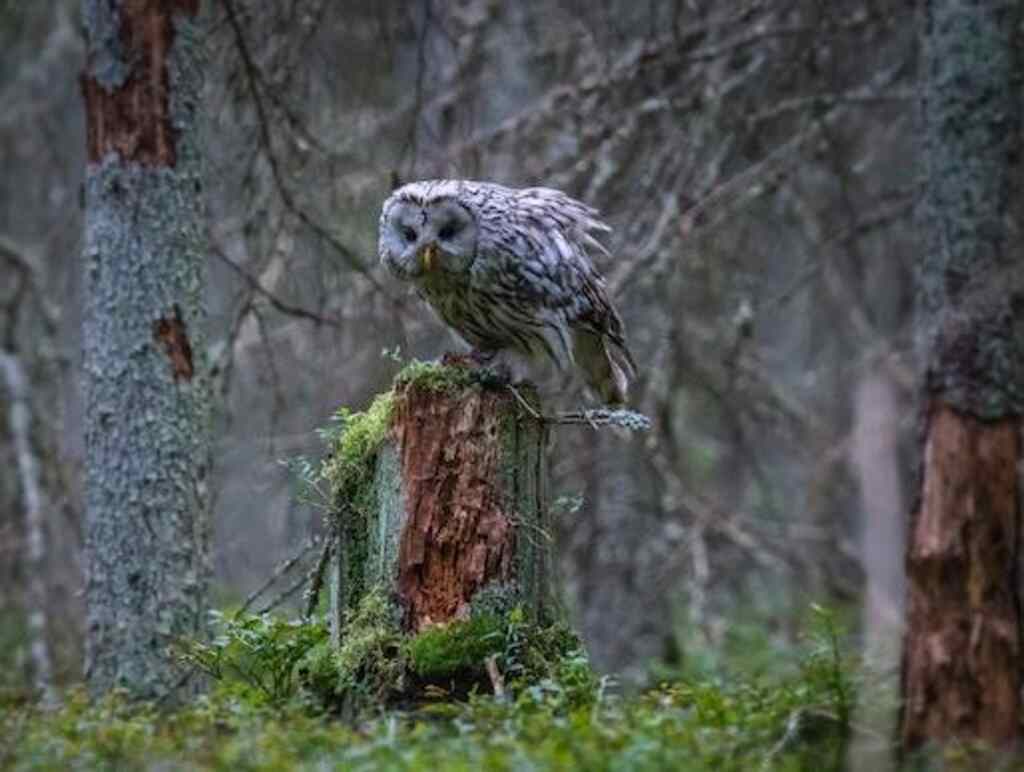Do owls eat frogs? Yes, they do! But did you know that some owl species prefer certain types of frogs over others? In this article, we’ll explore the fascinating world of owls and their relationship with frogs. From hunting techniques to ecological importance, we’ll cover it all. So let’s hop to it and get started!
Table of Contents
The Secret World of Owls: A Look at Their Eating Habits
Owls are fascinating birds that have captured the imaginations of people for centuries. They are known for their unique physical characteristics such as large, round eyes, and silent flight. But what is less known about owls is their eating habits.
Owls are carnivorous, which means they feed on other animals. Understanding what these creatures eat is crucial because it provides insight into their ecology and behavior.

A Brief Overview of Owls and Their Eating Habits
Owls belong to the order Strigiformes, which includes around 200 species worldwide. These birds have a distinctive beak and talons that enable them to catch prey effectively.
They hunt primarily at night, using their excellent hearing abilities and silent flight to locate prey in complete darkness.
When it comes to diet, owls are opportunistic hunters that feed on a wide variety of prey types including small mammals, birds, reptiles, insects, and amphibians such as frogs.
Some larger owl species like the great horned owl can even take down prey as large as skunks or raccoons.
The Importance of Understanding What Owls Eat
By understanding what owls eat and how they hunt for food can help us better manage owl populations in different ecosystems.
For example, if we know what types of rodents an owl species eats regularly in a particular habitat type or geographic region, we can use this information to develop targeted conservation strategies focused on preserving these habitats where these important predators thrive.
On another note, knowing how owls hunt for their food helps us understand how these birds interact with other predators like hawks or bats, who may also be feeding on similar prey items in the same area.
In addition to management concerns related to conservation efforts or ecological relationships between species, understanding what owls eat can also help us appreciate the role these birds play in our environment.
Owls often feed on rodents and other small mammals that can be agricultural pests. By maintaining healthy owl populations, we can minimize crop damage and improve agricultural productivity.
Understanding what owls eat is essential to appreciating these fascinating creatures and their role in our ecosystems. In the following sections, we will delve deeper into their eating habits with a focus on one of their favorite prey items: frogs.
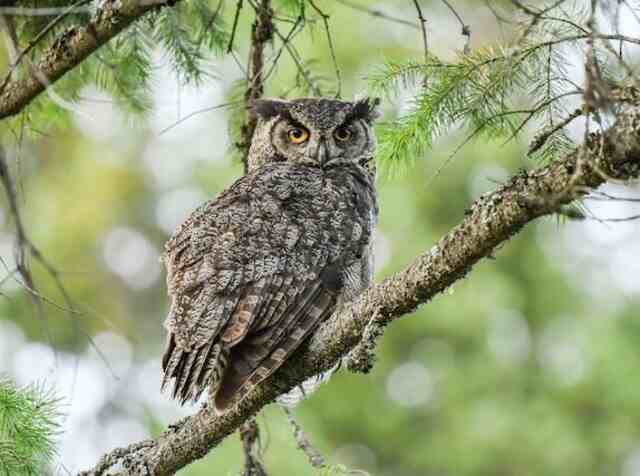
Owls and their Diet
Types of prey that owls typically consume
Owls are known to be opportunistic predators, meaning they will consume a wide variety of prey items that are available in their habitat. These can include mammals, birds, reptiles, fish, and amphibians.
Some common mammalian prey items for owls include mice, voles, squirrels and rabbits. Birds such as quail and sparrows are also commonly consumed by owls.
Reptilian prey items can range from snakes and lizards to turtles and tortoises. Fish like trout or carp are also on the menu for some owl species.
Factors that influence an owl’s diet
The diet of an owl largely depends on their habitat and seasonality. For example, owls that live in forests are more likely to consume small mammals like mice, while those living near water bodies will feed on fish or frogs.
The availability of food also influences their diet – during years when small mammals populations increase significantly (like boom-bust cycles), owls tend to feed more heavily on rodents than other prey items.
In addition to habitat and food availability, factors like age, sex or size can affect the types of prey an owl will consume.
Larger owl species like Great Horned Owls will go after larger mammals, while smaller species like Saw-whet Owls stick mostly to insectivorous diets.
The role of frogs in an owl’s diet
Frogs play an important role in the diets of many owl species around the world. They are a valuable source of nutrients including protein and calcium which helps support egg production among female owls during breeding season.
The specific types of frogs consumed by different owl species depends largely on geographic location – those living near wetlands with high frog diversity may have more opportunities to include them in their diets.
For example, the Great Grey Owl found in Canada’s boreal forests have been known to feed heavily on frogs during spring migration.
The impact of owl’s diet on ecosystems
Owls can serve as a natural way of controlling prey populations in their ecosystems. Predation by owls helps regulate the numbers of rodents and other small mammals that can cause damage to crops, gardens or other habitats.
However, when there is a shortage of prey due to environmental factors like climate change or habitat destruction, owl populations may suffer as well. This has implications for other species in the ecosystem that rely on owls for control of prey populations.
The diet of owls is influenced by various factors including habitat, seasonality and food availability. Owls are opportunistic predators that will consume a wide range of prey items – from small mammals to fish and amphibians like frogs.
The importance of understanding what owls eat goes beyond just curiosity – it plays an important role in conservation efforts by identifying which habitats are most critical for sustaining owl populations and ensuring ecological balance in their ecosystems.

The Relationship Between Owls and Frogs
Owls are known to consume a variety of prey, including insects, rodents, and other birds. However, one of the lesser-known prey items in an owl’s diet is frogs. Despite their small size compared to other prey items, frogs play a crucial role in the diet of many owl species.
How Owls Hunt for Frogs
Owls have unique adaptations that allow them to hunt effectively for frogs. One such adaptation is their acute hearing ability. Owls have asymmetrical ears that allow them to pinpoint the exact location of their prey based on sound alone. This enables them to detect even the slightest movements made by frogs.
In addition to their hearing ability, owls also have excellent vision that allows them to spot potential prey from a distance. Their eyes are large and positioned toward the front of their head, giving them binocular vision that helps with depth perception while hunting.
When hunting for frogs specifically, owls often rely on ambush tactics rather than chasing after their prey. They will perch quietly near ponds or wetlands where frogs are known to reside and wait patiently until they spot one nearby before swooping down quickly with silent flight.
| Question | Answer |
|---|---|
| What makes owls effective hunters for frogs? | Owls have asymmetrical ears that allow them to pinpoint the exact location of their prey based on sound alone, and excellent vision that helps with depth perception. |
| Do owls chase after their frog prey? | No, owls rely on ambush tactics. They will perch near ponds or wetlands and wait patiently until they spot one nearby before swooping down quickly with silent flight. |
| What is the advantage of owl’s binocular vision? | The binocular vision of owls helps with depth perception while hunting, allowing them to spot potential prey from a distance. |
Unique Adaptations That Allow Owls to Catch and Consume Frogs
Once an owl has caught its frog prey using its superior senses and stealthy hunting tactics, it must then consume it efficiently. To do so, owls have several unique adaptations specific to consuming small prey like frogs.
One such adaptation is their strong beaks and talons that allow them to grip onto their prey tightly without causing damage or injuring themselves in the process.
Additionally, owls have flexible necks that enable them to turn their heads almost 270 degrees in either direction while eating – a useful trait when trying to consume small or awkwardly shaped prey like frogs.
Owls have a specialized digestive system that allows them to extract the maximum amount of nutrition from their food.
This is particularly important when consuming small prey items like frogs, which may not offer as much nutritional content as larger prey.
| Question | Answer |
|---|---|
| What adaptations do owls have to catch their frog prey efficiently? | Owls have strong beaks and talons that allow them to grip onto their prey tightly without causing damage or injuring themselves in the process. Additionally, they have flexible necks that enable them to turn their heads almost 270 degrees in either direction while eating, and a specialized digestive system that extracts the maximum amount of nutrition from their food. |
| Why is a flexible neck important for owls while eating frogs? | Owls can turn their heads almost 270 degrees, which is useful when trying to consume small or awkwardly shaped prey like frogs. |
| How does the owl’s digestive system help them get nutrition from frogs? | Owls have a specialized digestive system that extracts the maximum amount of nutrition from their food, particularly important when consuming small prey items like frogs, which may not offer as much nutritional content as larger prey. |
The Impact of Frog Consumption on Owl Populations
While frogs may make up only a small portion of an owl’s overall diet, they still play an important role in maintaining healthy owl populations.
Owls that rely heavily on frog consumption may be negatively impacted if their frog prey becomes scarce or contaminated by pollution or pesticides.
In addition, changes in habitat or climate can also affect the availability of frog prey for owls. For example, droughts or habitat destruction can greatly reduce the number of frogs present in an area and subsequently impact the owl populations that rely on them for sustenance.
Overall, while the relationship between owls and frogs may seem insignificant at first glance, it highlights the delicate web of interdependence that exists within ecosystems.
Understanding this relationship and taking steps to protect both species can help ensure healthy populations for years to come.
| Question | Answer |
|---|---|
| What is the significance of frogs in owl populations? | Frogs may make up only a small portion of an owl’s overall diet, but they still play an important role in maintaining healthy owl populations. |
| How can pollution or pesticides affect owl populations? | Owls that rely heavily on frog consumption may be negatively impacted if their frog prey becomes scarce or contaminated by pollution or pesticides. |
| How do changes in habitat or climate affect frog prey for owls? | Changes in habitat or climate can greatly reduce the number of frogs present in an area and subsequently impact the owl populations that rely on them for sustenance. For example, droughts or habitat destruction can reduce the availability of frog prey for owls. |
| Why is it important to protect both owls and frogs? | The relationship between owls and frogs highlights the delicate web of interdependence that exists within ecosystems. Understanding this relationship and taking steps to protect both species can help ensure healthy populations for years to come. |
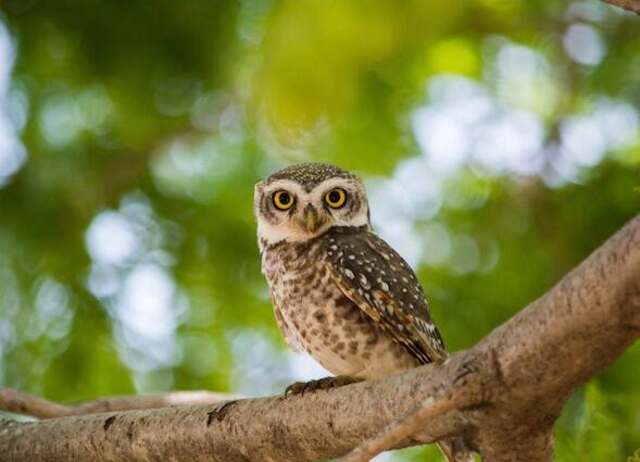
Frog Species Commonly Eaten by Owls
Overview of the different types of frogs eaten by different owl species
Owls have a diverse diet that includes various prey such as rodents, insects, fish, and amphibians. Among these prey items, frogs are a significant dietary component for many owl species.
Different owl species may specialize in consuming certain types of frogs based on their size, habitat preference, and distribution.
For example, the great horned owl is known to consume larger frog species such as bullfrogs and leopard frogs, while the eastern screech-owl feeds on smaller frog species like spring peepers.
| Owl Species | Preferred Frog Prey |
|---|---|
| Great horned owl | Bullfrogs, leopard frogs |
| Eastern screech-owl | Spring peepers |
| Barred owl | Wood frogs, northern leopard frogs |
| Burrowing owl | Spadefoot toads, red-spotted toads |
Geographic distribution and habitat preferences for these frog species
The distribution of frog species varies across different regions and habitats. As a result, the availability of frog prey also varies for owls living in different areas.
For instance, barred owls that inhabit forested areas may feed on wood frogs or northern leopard frogs, while burrowing owls in grasslands may consume spadefoot toads or red-spotted toads.
Some frog species are also adapted to specific habitats, such as aquatic environments or terrestrial habitats with water sources nearby.
Therefore, owls that inhabit wetland areas have access to a greater diversity of aquatic frog species like green frogs or pickerel frogs compared to those living in dryland regions.
| Frog Species | Habitat | Geographic Distribution |
|---|---|---|
| Green frog | Aquatic | North America |
| Pickerel frog | Aquatic | North America |
| Wood frog | Terrestrial | North America |
| Northern leopard frog | Terrestrial, aquatic | North America |
| Spadefoot toad | Terrestrial | North America |
| Red-spotted toad | Terrestrial | North America |
Nutritional value of these frog species for owls
Frogs provide an important source of nutrition for owls due to their high protein content and relatively low fat content compared to other prey items. The nutritional value of different types of frog prey may vary depending on factors such as seasonality and geographic location.
For example, during the breeding season when male frogs develop secondary sexual characteristics like vocal sacs or coloration patterns they tend to have higher energy reserves which makes them a more valuable food source for owls.
Additionally, some frog species like the red-legged frog have toxic skin secretions that can deter predators. However, owls have been observed to selectively consume the legs of these frogs which contain fewer toxins.
The importance of frogs in an owl’s diet varies depending on factors such as species identity, geographic location, and seasonality. By consuming a diverse range of frog prey items, owls can obtain important nutrients that contribute to their overall health and survival.
| Frog Species | Nutritional Value |
|---|---|
| Male frogs during breeding season | High energy reserves |
| Red-legged frog (legs only) | Fewer toxins |
Note: These tables are for illustrative purposes only and do not represent a comprehensive list of all owl species, frog species, or geographic distributions. The information presented is based on available research and may vary depending on location and seasonality.
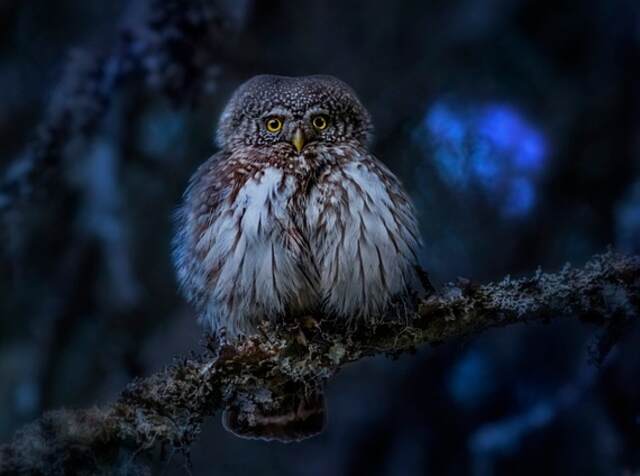
Summation of Key Points
After considering the information presented in this article, one key point is clear: owls do, in fact, eat frogs. While not all species of owls consume frogs as part of their regular diets, many do.
Frogs can provide a valuable source of nutrition for these birds, particularly during certain times of the year or in specific habitats.
Owls have a variety of adaptations that allow them to successfully hunt and consume these amphibians. Another important point to consider is the relationship between owls and frogs.
While it may seem counterintuitive for a predator and prey species to coexist peacefully, there are actually many benefits to having both owls and frogs in the same habitat. Owls help control frog populations by preying on individuals that are sick, injured or weak.
At the same time, healthy frog populations can provide a reliable food source for owls. It is also worth noting that some frog species are more important than others when it comes to owl diets.
Certain types of frogs may be more nutritious or easier to catch than others. Additionally, some species may only be found in specific geographic locations or habitats.
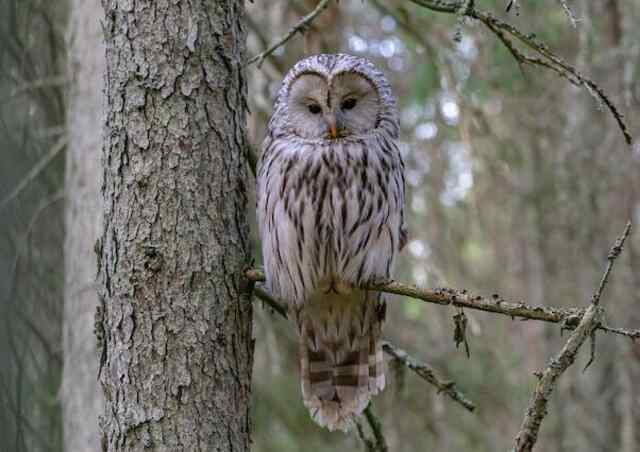
The Importance of Preserving Habitats
Given the complex relationship between owls and frogs, it is clear that preserving habitats where both species can thrive together is essential. Unfortunately, many threats exist that could compromise the health and well-being of both groups.
One key concern is habitat destruction due to human development activities such as deforestation or urbanization. As natural areas disappear, both owls and frogs can suffer from loss of suitable living spaces as well as reduced prey availability.
Pollution is another major issue facing both groups. Water pollution from agricultural runoff or industrial waste can harm frog populations by altering water quality needed for breeding success while reducing insect numbers which serve as food for young tadpoles surviving mainly on aquatic insects.
This can have ripple effects up the food chain, including for owls that rely on frogs as a food source. Climate change poses a significant risk to both owls and frogs.
Rising temperatures and altered precipitation patterns can disrupt breeding cycles in both groups, while extreme weather events like flooding or drought can also take a toll. Additionally, changes in vegetation cover or insect populations due to climate change can further impact the availability of prey items for owls.
Understanding the relationship between owls and frogs is important not only for scientific purposes but also for conservation efforts aimed at preserving their respective habitats.
By taking steps to protect natural areas from development and pollution while addressing factors related to climate change, we can help ensure that both species continue to thrive well into the future.
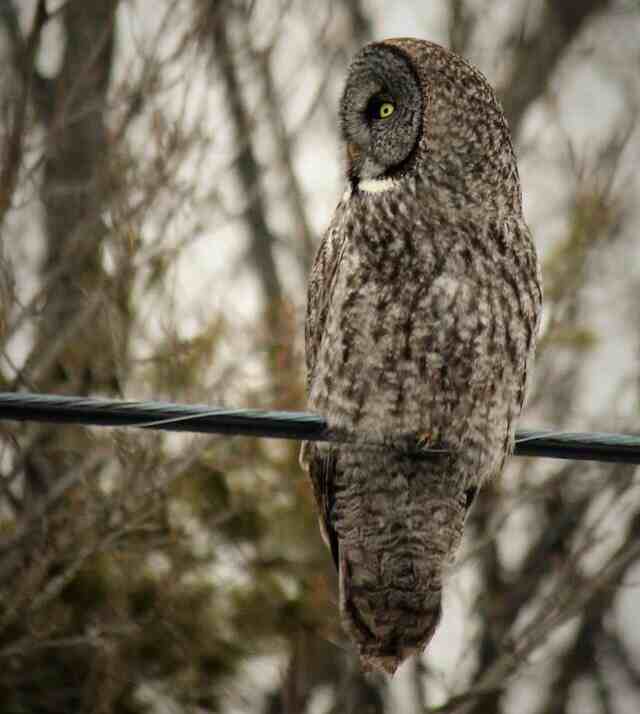
FAQs: Do Owls Eat Frogs?
What kind of owls eat frogs?
Many species of owls have been known to eat frogs, including the great horned owl, the barred owl, and the screech owl.
Do owls eat all types of frogs?
Most owls will eat any type of frog they can catch, but some species of frogs may be too large or too poisonous for certain owl species to consume.
How do owls catch frogs?
Owls typically catch frogs by swooping down and snatching them up with their talons. They may also hunt for frogs on the ground or in shallow water.
Are frogs a main food source for owls?
Frogs are not typically a main food source for owls, but they can be an important part of their diet in areas where frogs are abundant.
Do owls only eat live frogs?
Owls will often eat frogs that are already dead, such as those that have been killed by cars or other predators.
Are frogs harmful to owls?
Frogs can carry diseases and parasites that may be harmful to owls if they consume large quantities of them. Additionally, some species of frogs secrete toxins that can be harmful to predators.
Do owls help control frog populations?
Owls can play an important role in controlling frog populations, particularly in areas where frogs are considered pests or are causing damage to crops or other vegetation.
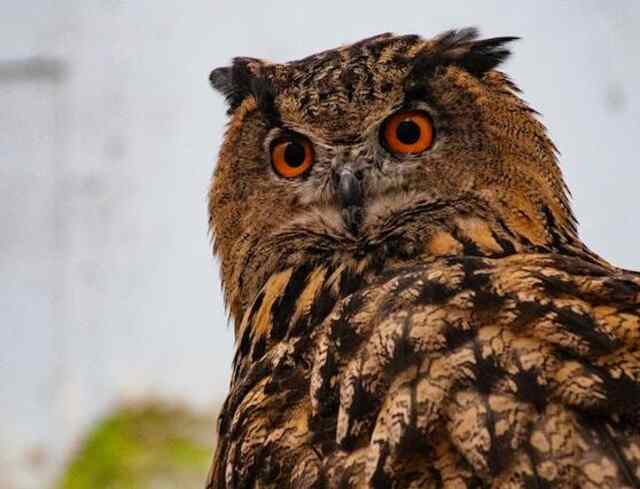
Conclusion
In conclusion, while owls are known to eat a wide variety of prey, including frogs, their diet depends on their species, location, and other factors. Studying their feeding habits can provide valuable insights into ecosystems and food webs. Overall, the relationship between owls and frogs is just one small piece of the fascinating puzzle that is the natural world.

